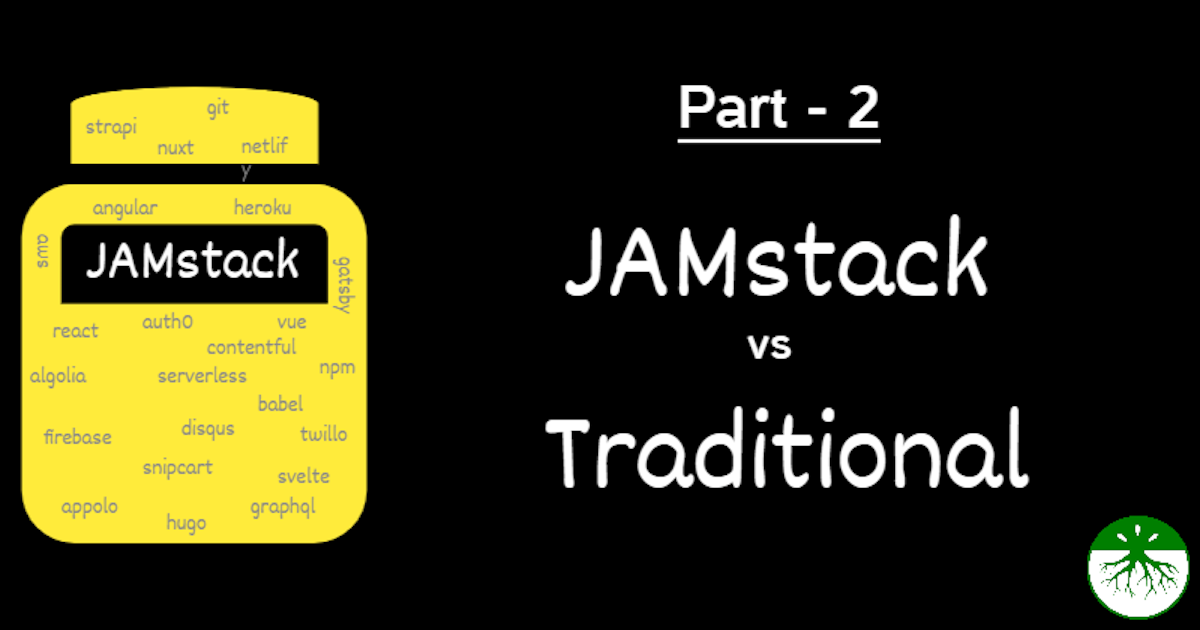Welcome to the second article of the series, JAMstack for All. I would like to thank you for your likes, comments and feedback on the JAMstack Introduction article.
In this article, we will be diving into the JAMstack workflow with a side-by-side comparison of the traditional, monolithic workflow. We will also understand that, JAMstack and SPA(single page application) are not same.
I have introduced the phrase prebuilt markup to you in the introductory article. It is a very powerful concept and promises lots to perform. We will see how the pre-building is going to help us achieve an important pillar or user experience, i.e., speed.
If you haven’t read the previous article of the series yet, you can find it here, JAMstack for All: An Introduction. I would recommend you to read this for a better clarity on the history, what, why part of the JAMstack story.
The ever changing user experience and usage
As per the report from wearesocial.com, roughly 53% of all web page requests come from mobile phones, computers account for 44% of the total. This report was published in January 2020 and it shows that, the mobile usage share is increasing steadily over the years.

Just like myself, many of the mobile users are impatient. They do not like to wait longer for a page load, hate initial white screen or a loading indicator for long. Depending on the economy, place of living and earning, the types of mobile and the computation power differ.
#jamstack #javascript #apis #general programming #netlify
